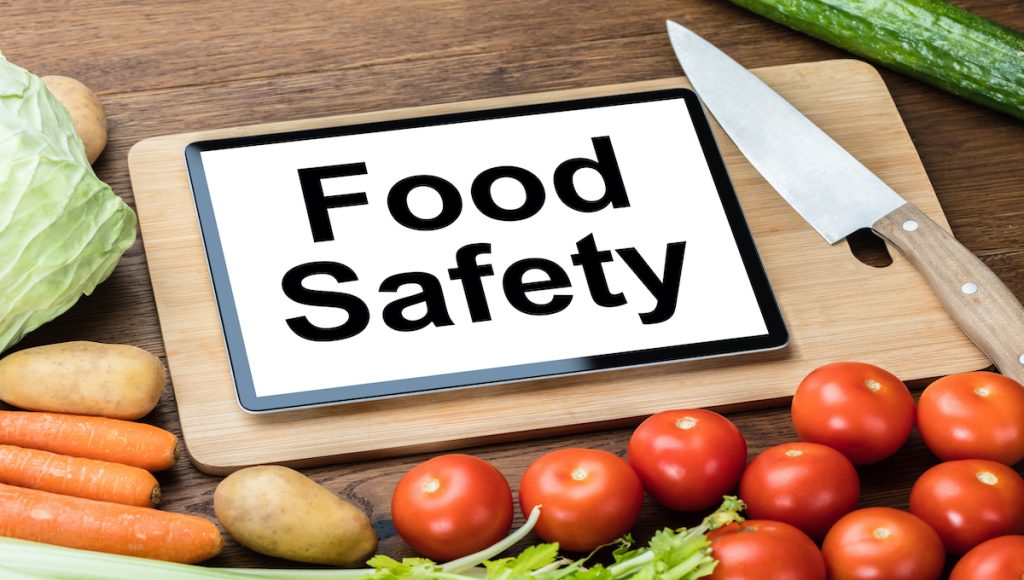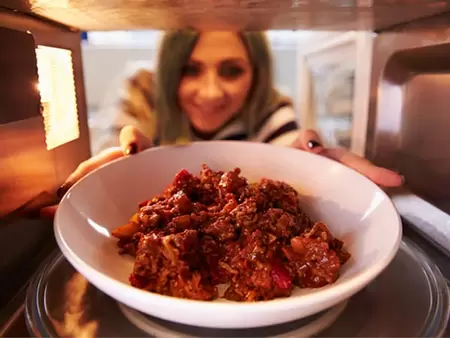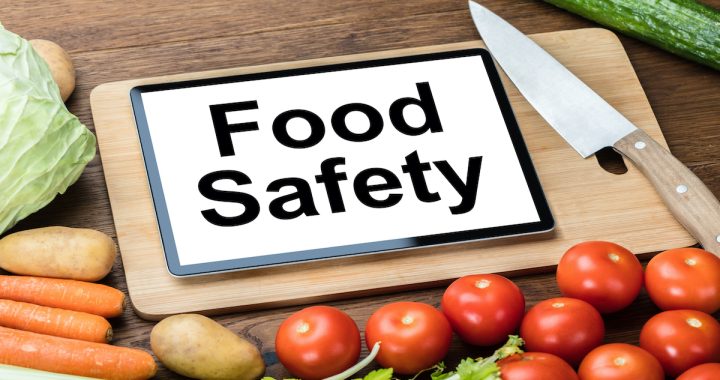Food Safety: A Comprehensive Guide to Essential Kitchen Practices
4 min read
A vital component of preserving health and wellbeing is food safety. It’s critical to comprehend and put into practice procedures that prevent contamination and guarantee safe food handling in light of the growing awareness of foodborne illnesses. This article explores the fundamentals of food safety and provides some useful advice on maintaining a safe kitchen.
Essential Guidelines for Food Safety
Several basic principles are involved in food safety: separation, cooking, chilling, and hygiene. Following these guidelines guarantees that food is prepared and kept safely while also assisting in the prevention of the spread of dangerous pathogens.
1. Cleanliness:
The first line of defense against foodborne infections is maintaining a clean kitchen and cooking equipment. Before handling food, make sure to fully wash your hands with soap and water and to frequently sterilize all kitchen surfaces, cutting boards, and utensils. Through this procedure, any bacteria or germs that can contaminate your food are removed.
2. Separation :
One major risk factor for food safety is cross-contamination. Use different cutting boards and tools for raw meats and veggies to avoid it. To prevent spills contaminating other items, keep raw meats on the lowest shelf of your fridge. Maintaining separation between different types of food reduces the possibility of dangerous bacteria spreading from one item to another.
3. Cooking :
To ensure that food is safe to eat and to destroy dangerous microorganisms, proper cooking is necessary. Verify that meats have reached the necessary internal temperatures by using a food thermometer. For instance, the internal temperature of ground beef should be cooked to 160°F (71°C), whereas the internal temperature of chicken should be 165°F (74°C). One of the best methods to avoid foodborne infections is to cook food completely.
4. Chilling:
To reduce the growth of bacteria, refrigeration is essential. Foods that should be refrigerated should be kept below 40°F (4°C), and your freezer should be kept at 0°F (-18°C). Food should not be kept at room temperature for prolonged periods of time as this can promote the growth of bacteria. If you have any leftovers, store them in the refrigerator right away and eat them within a few days.
Useful Advice for Food Safety
To guarantee food safety in your kitchen, there are a few useful guidelines you may adhere to in addition to the fundamentals.
Thaw Food Safely:
Use a microwave, cool running water, or the refrigerator to thaw frozen food. Food should not be thawed on the countertop since this promotes the growth of bacteria.
Use Clean Water:
When cooking or cleaning food, always use clean, safe water. Make sure the tap water you use has been treated and is safe to consume. Make sure the water used for recipes that call for water is safe and clean, like aubrey’s squash casserole recipe .
Handle Food with Care:
When handling food, refrain from contacting your face or any other non-food surfaces. This lowers the possibility of spreading bacteria and germs. Additionally, refrain from utilizing the same cutlery for various meals without first washing it.
Check Expiry Dates:
Make sure to regularly verify the expiration dates on food items and dispose of any that are past their expiry. Making meals with fresh ingredients guarantees that you won’t be eating spoiled or maybe dangerous food.
Educate Yourself and Others:
Anyone preparing food has a responsibility to educate themselves on food safety procedures. Teach your family members or anybody else who assists in the kitchen good food handling and hygiene practices.
Food Safety’s Function in Stopping Foodborne Illnesses
Foodborne infections can create major health problems since they are generally brought on by bacteria, viruses, or parasites. Symptoms like nausea, vomiting, diarrhea, and cramping in the stomach are common. Foodborne infections can result in hospitalization or even death in extreme circumstances.
Foodborne diseases are frequently caused by Salmonella, E. Coli, Listeria, and Campylobacter. These pathogens are present in a variety of foods, such as tainted vegetables, dairy products, and raw meat. You can drastically lower your risk of getting these illnesses by following the recommended food safety precautions.
Final Thoughts
A healthy lifestyle depends on eating safe food, which enhances general wellbeing. You can reduce your chance of contracting a foodborne illness by following the guidelines for cleaning, separation, cooking, and chilling. Putting into practice useful advice, such safe thawing techniques and appropriate food handling, improves kitchen safety even more.
Keep in mind that promoting practices that safeguard you and your loved ones is just as important as adhering to the law when it comes to food safety. Examining in-depth recipes can offer helpful advice on safe food preparation techniques.
You can eat great meals with confidence knowing that you’ve taken the essential precautions to keep your food safe if you incorporate these techniques into your daily routine.

“Musicaholic. Thinker. Extreme travel trailblazer. Communicator. Total creator. Twitter enthusiast.”




